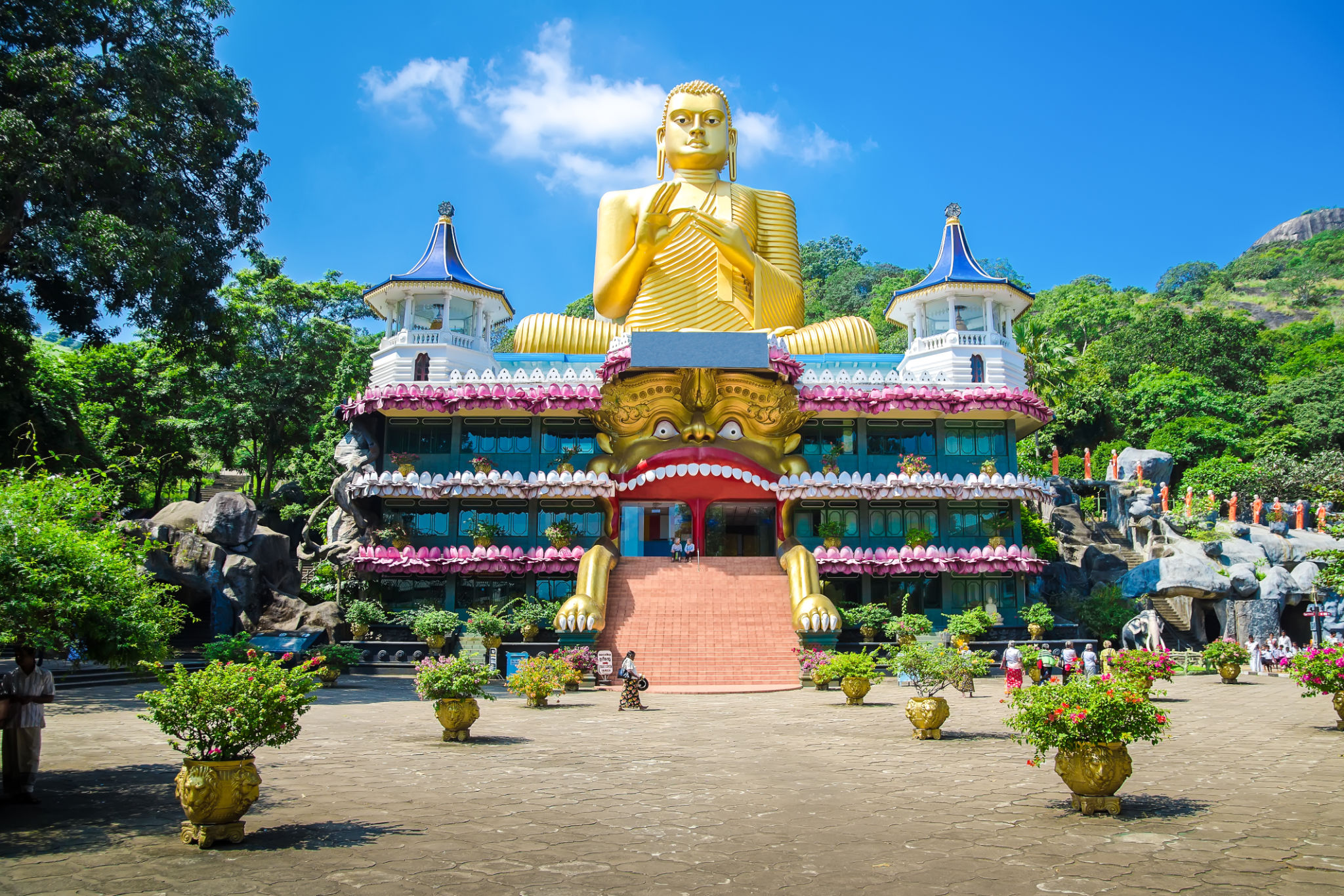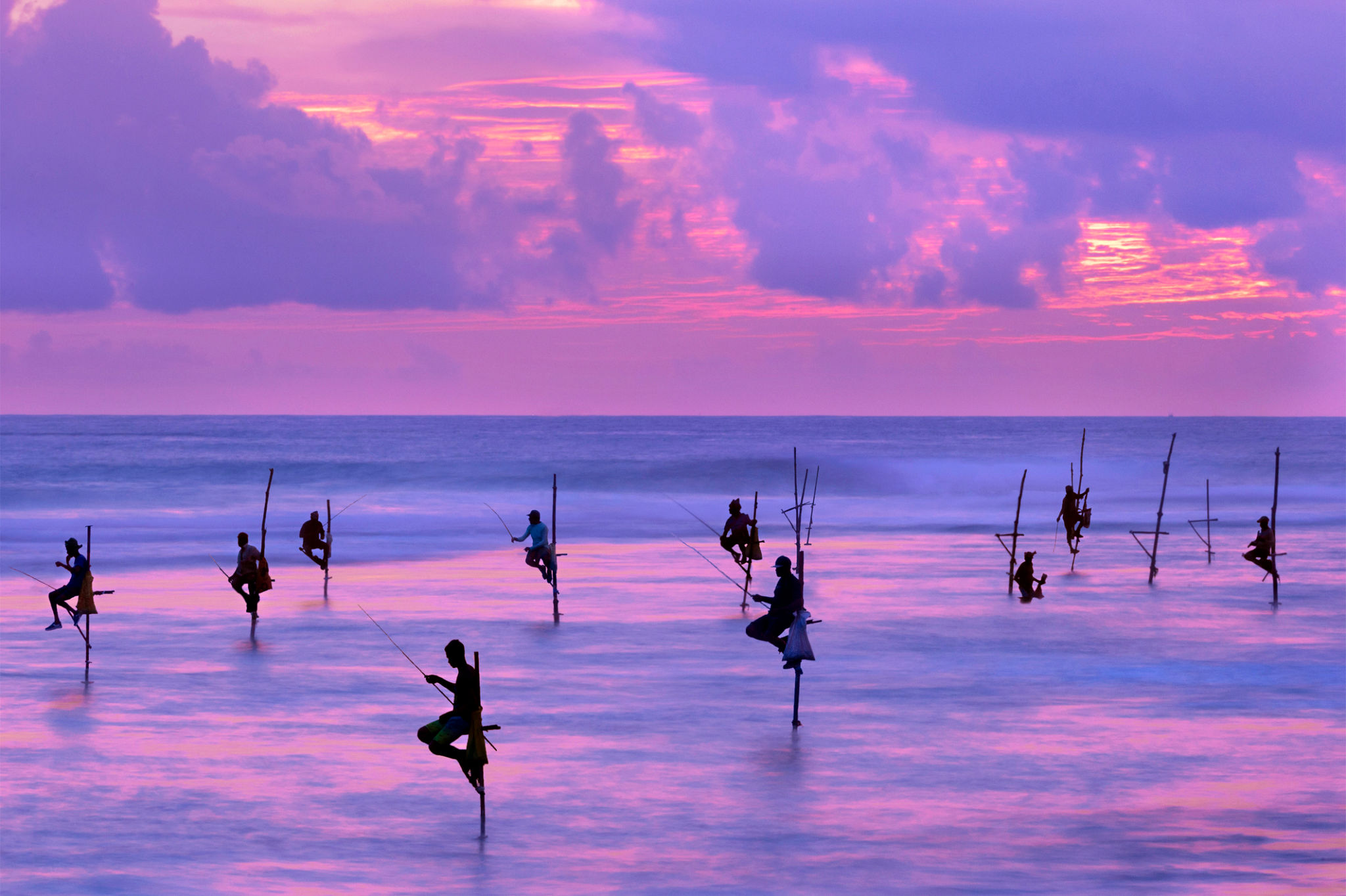The Ultimate Guide to Discovering Sri Lanka’s Cultural Heritage Sites
Exploring the Ancient Cities
Sri Lanka is a treasure trove of cultural heritage sites, offering a fascinating glimpse into its rich history. Among its many wonders are the ancient cities that once served as bustling centers of civilization. The most notable of these is Anuradhapura, a UNESCO World Heritage Site that was the capital of Sri Lanka for over a millennium. Here, visitors can explore well-preserved ruins, including stupas and monasteries that date back to the 4th century BC.
Another must-visit ancient city is Polonnaruwa. As a medieval capital, Polonnaruwa is renowned for its stunning architecture and intricate carvings. The Gal Vihara, with its giant rock-cut Buddha statues, stands as a testament to the artistic achievements of this era.

The Sacred City of Kandy
Kandy, nestled in the central hills, is revered as a spiritual heartland in Sri Lanka. The city is home to the Temple of the Sacred Tooth Relic, which houses a tooth of the Buddha. This sacred site attracts pilgrims from around the world, and its annual Esala Perahera festival is a vibrant celebration of traditional dance and music.
In addition to its religious significance, Kandy offers visitors a chance to experience the lush beauty of the surrounding landscape. The Royal Botanical Gardens in Peradeniya provide a serene escape with their diverse collection of flora.

Dambulla Cave Temple
The Dambulla Cave Temple, also known as the Golden Temple of Dambulla, is another UNESCO World Heritage Site that captivates with its ancient murals and statues. This complex consists of five caves filled with over 150 Buddha images. The walls and ceilings are adorned with colorful frescoes depicting scenes from Buddhist mythology.
Visiting Dambulla offers not only a cultural experience but also an opportunity to enjoy panoramic views of the surrounding countryside from atop the rock temple.

The Wonders of Sigiriya
Sigiriya, often referred to as the "Lion Rock," is an iconic landmark that showcases Sri Lanka's architectural ingenuity. This ancient fortress was built atop a massive rock plateau and is famous for its frescoes and water gardens. Ascending to the summit provides breathtaking views and a sense of the grandeur that once characterized this royal palace.
The site also features the Mirror Wall, a polished rock face that was inscribed with ancient graffiti by visitors centuries ago, offering insights into the thoughts and emotions of those who journeyed here long before us.

Galle Fort: A Colonial Legacy
Moving to Sri Lanka's southern coast, Galle Fort stands as a testament to the island's colonial past. Originally built by the Portuguese in the 16th century and later fortified by the Dutch, this UNESCO World Heritage Site blends European architectural styles with South Asian traditions.
Walking through Galle Fort's narrow streets reveals quaint cafes, boutique shops, and charming colonial-era buildings. The fort's ramparts offer stunning views of the Indian Ocean, making it a perfect spot to watch the sunset.

Conclusion: Embracing Sri Lanka’s Cultural Richness
Sri Lanka's cultural heritage sites offer a unique journey through time, showcasing the island's historical evolution and spiritual depth. Whether you're exploring ancient ruins, admiring religious relics, or wandering through colonial fortresses, each site tells a story of its own.
By visiting these remarkable destinations, travelers not only gain insights into Sri Lanka's past but also contribute to the preservation of these invaluable cultural treasures for future generations. Embrace the diversity and richness that make Sri Lanka an unforgettable destination for cultural exploration.

